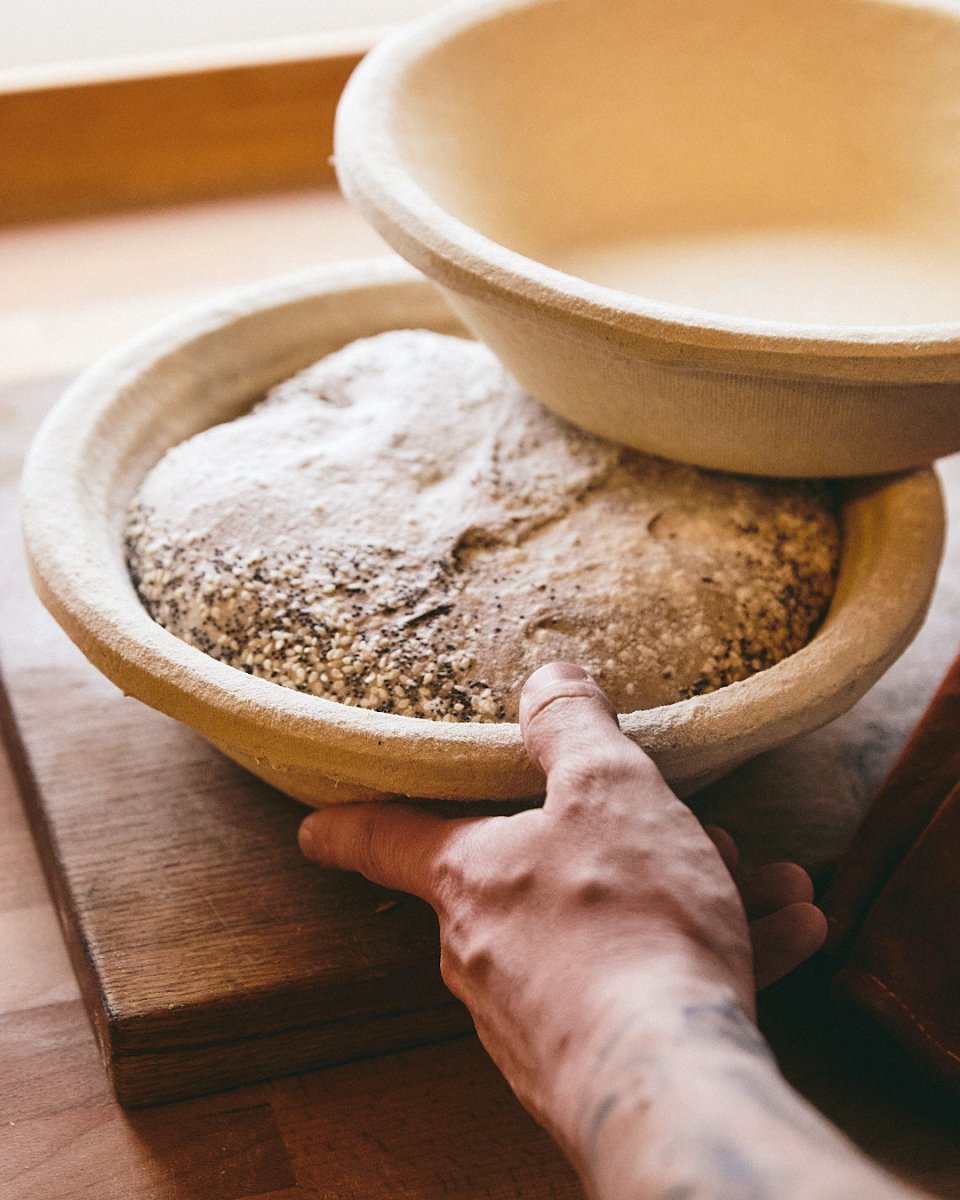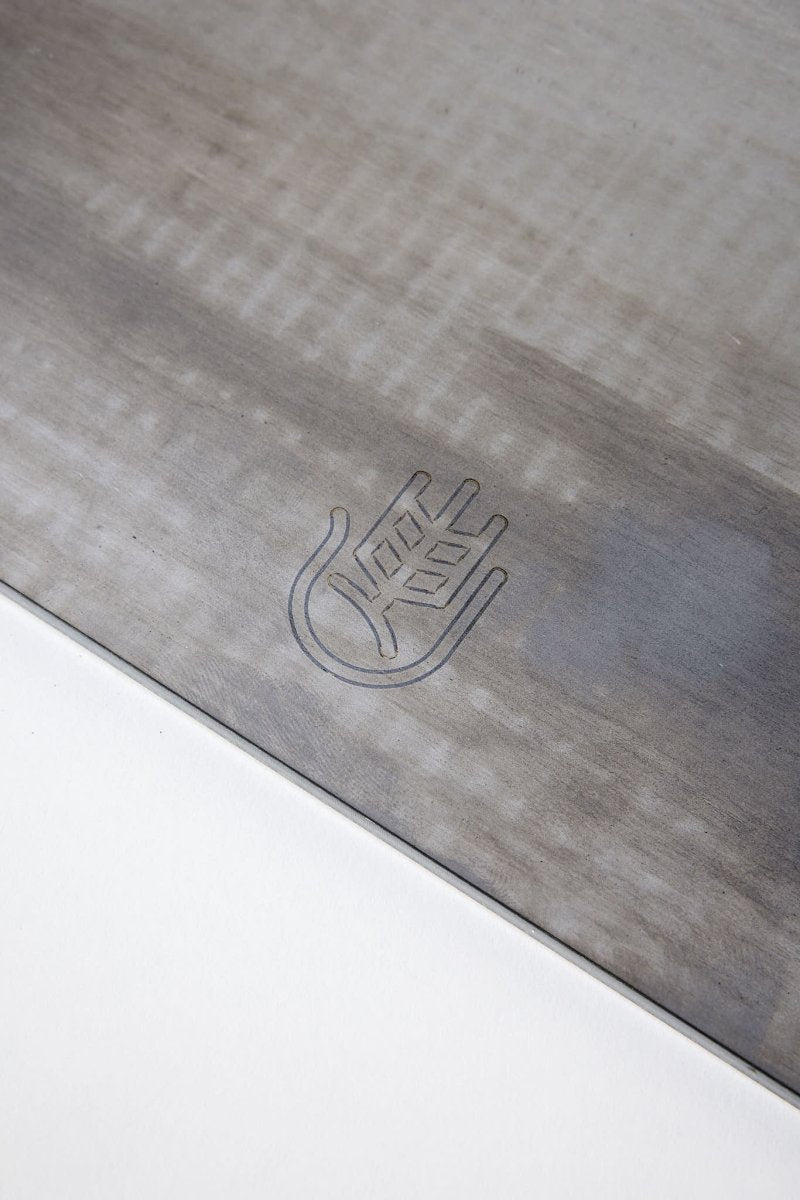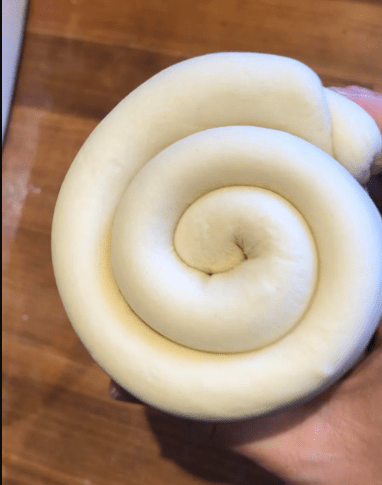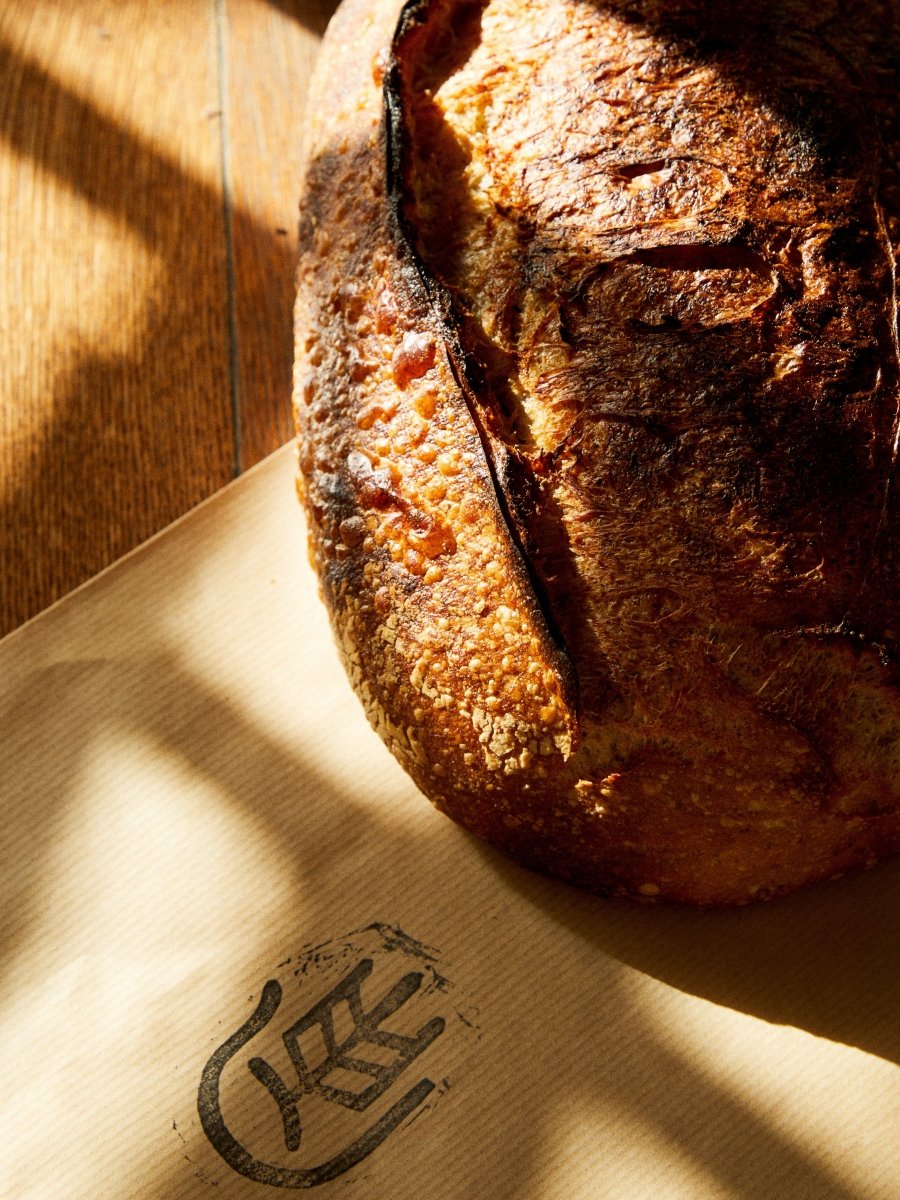Sourdough bread has gained popularity in recent years for its unique flavor and texture. One key factor that influences the quality of sourdough bread is hydration. But what exactly is sourdough hydration and why is it important? Let's dive into the details.
What is Sourdough Hydration?
Sourdough hydration refers to the ratio of water to flour in a sourdough bread recipe. It is typically expressed as a percentage, representing the weight of water relative to the weight of flour. For example, a hydration level of 75% means that there is 75 grams of water for every 100 grams of flour in the recipe.
Why is Hydration Important?
The hydration level of sourdough directly impacts the texture, crumb structure, and overall quality of the bread. Higher hydration levels result in a more open crumb and chewier texture, while lower hydration levels produce a denser crumb and crispier crust.
How to Adjust Hydration Levels?
Adjusting the hydration level of sourdough can be done by simply adding more water or flour to the recipe. Bakers often experiment with different hydration levels to achieve the desired texture and flavor in their sourdough bread.
FAQ: Common Questions about Sourdough Hydration
Q: What is the ideal hydration level for sourdough bread?
A: The ideal hydration level can vary depending on personal preference and the type of bread being made. However, many bakers find that a hydration level between 70% and 75% works well for most sourdough recipes.
Q: How can I tell if the hydration level is correct?
A: The hydration level is often determined by the dough's feel and texture. A dough with higher hydration will be stickier and more extensible, while a lower hydration dough will be firmer and less elastic.
Conclusion
Understanding sourdough hydration is essential for achieving the perfect loaf of sourdough bread. By experimenting with different hydration levels and paying attention to the dough's characteristics, bakers can fine-tune their recipes to create delicious and unique sourdough creations.






Share on socials:
What is the History of Sourdough: From Ancient Origins to Modern Delights
What is a proofing basket (banneton)